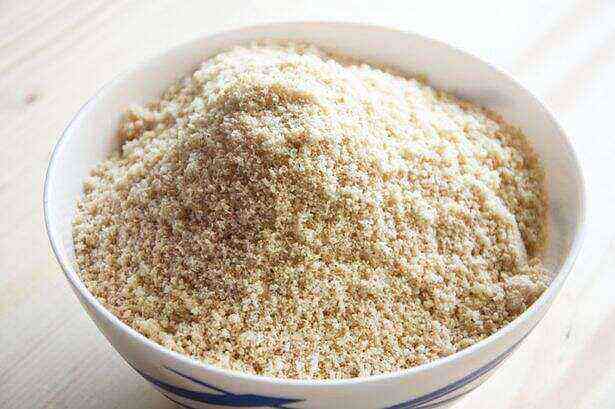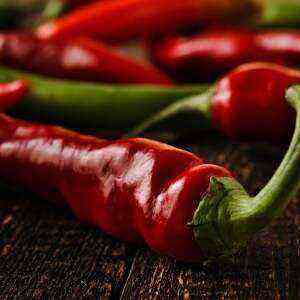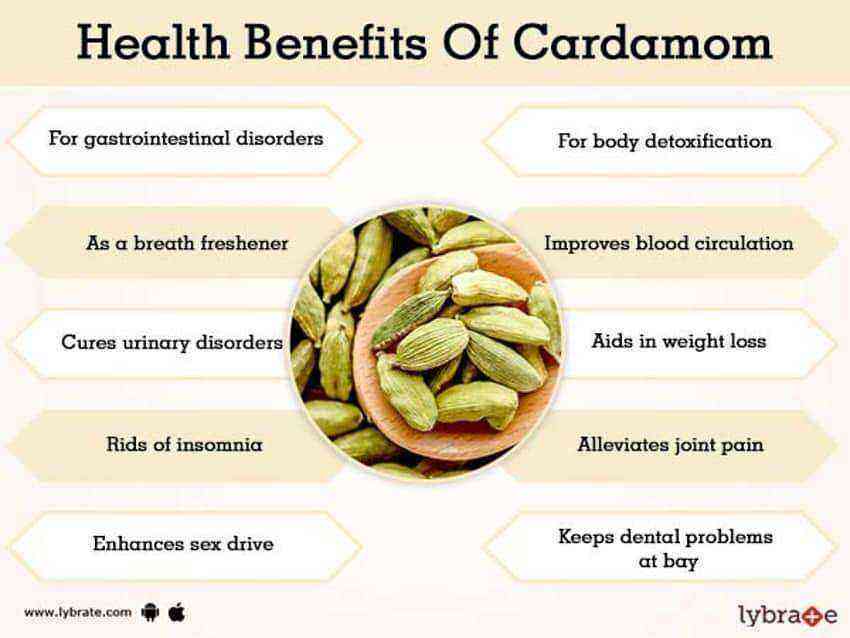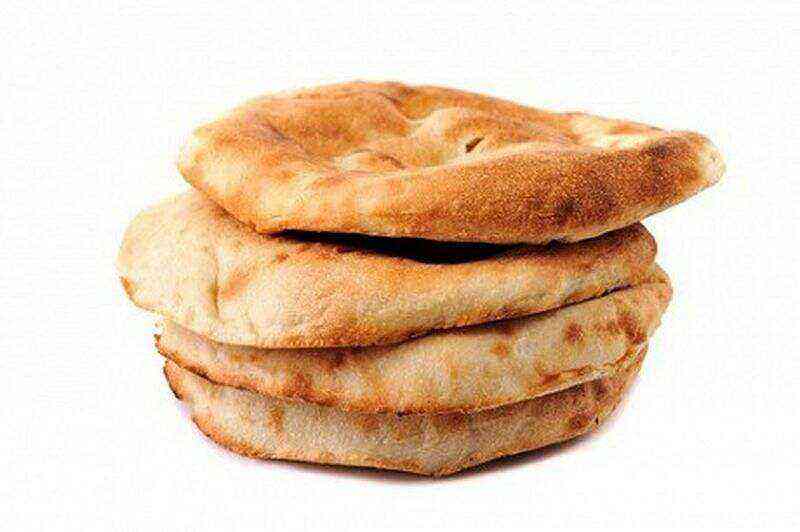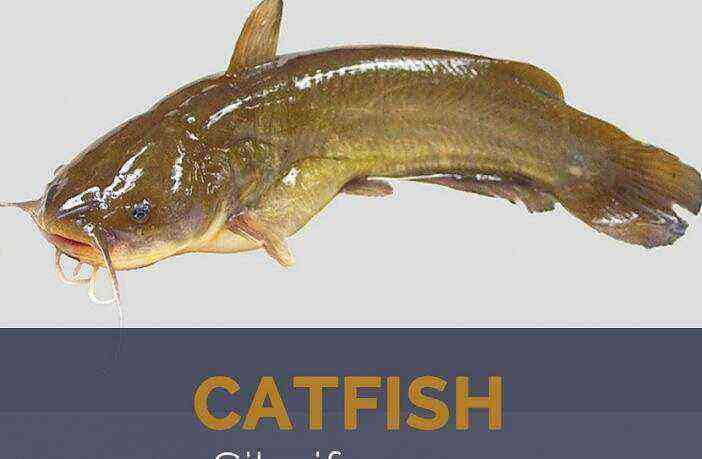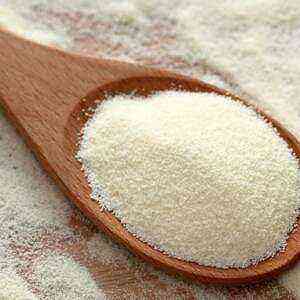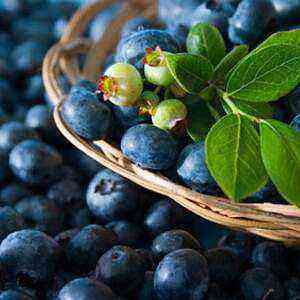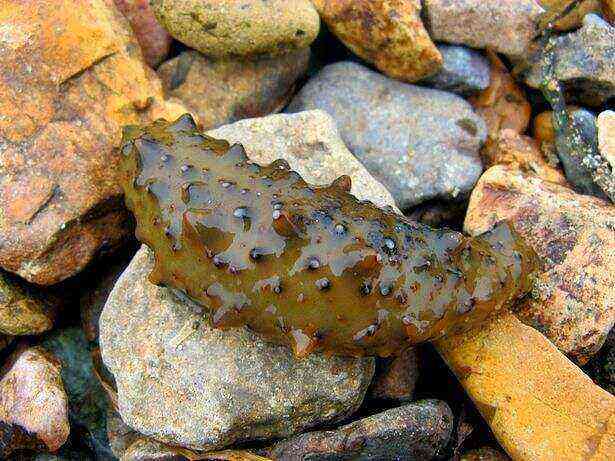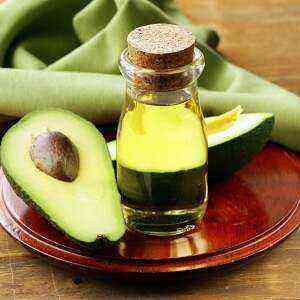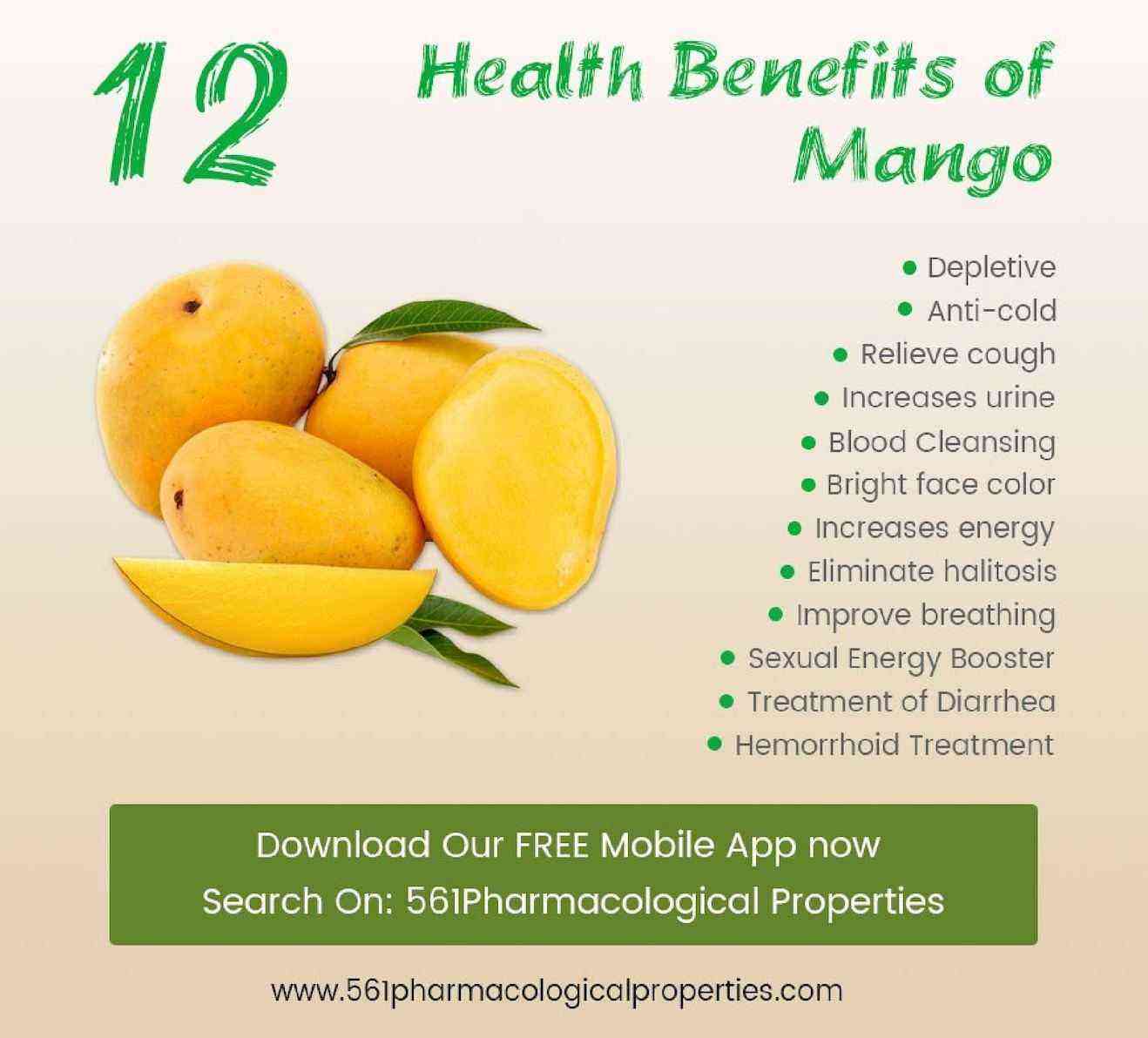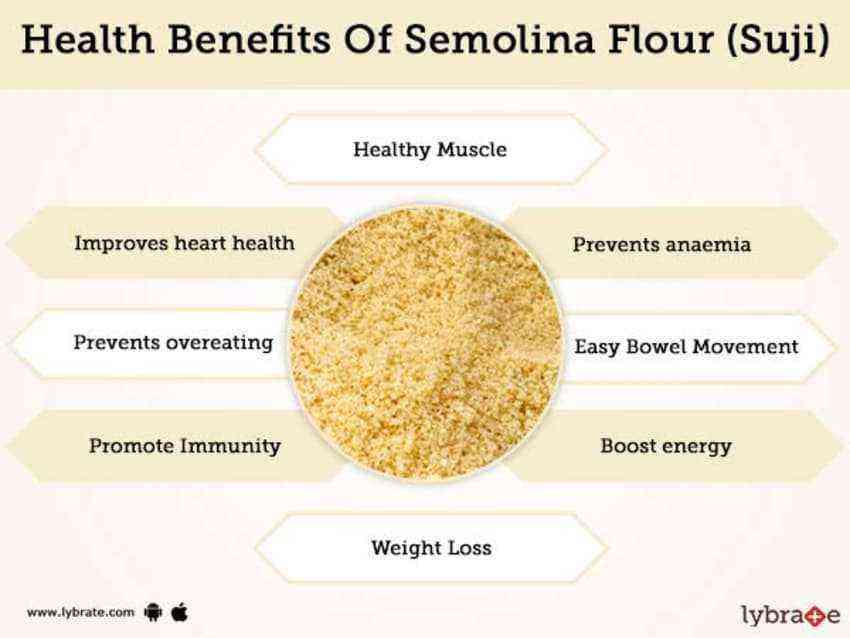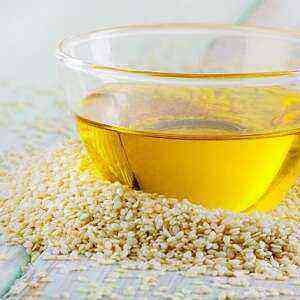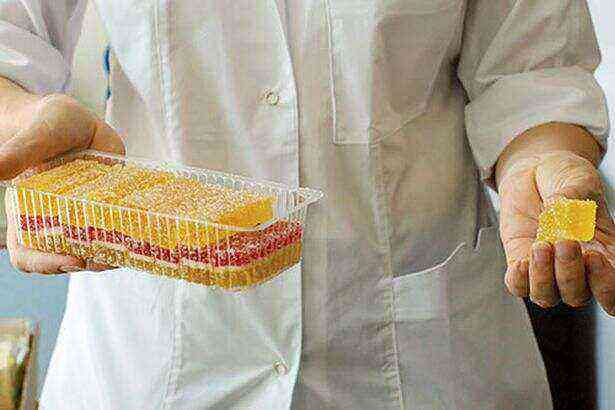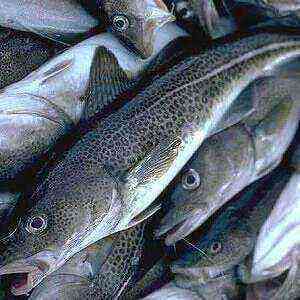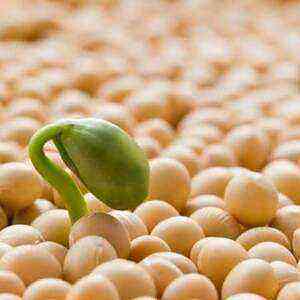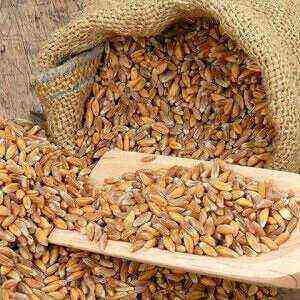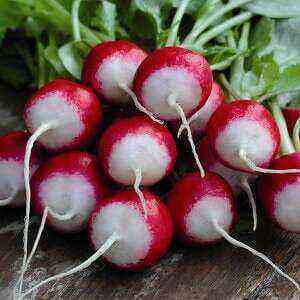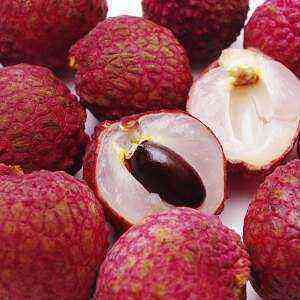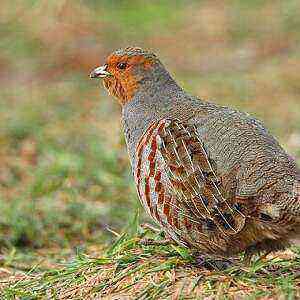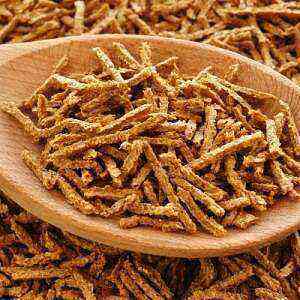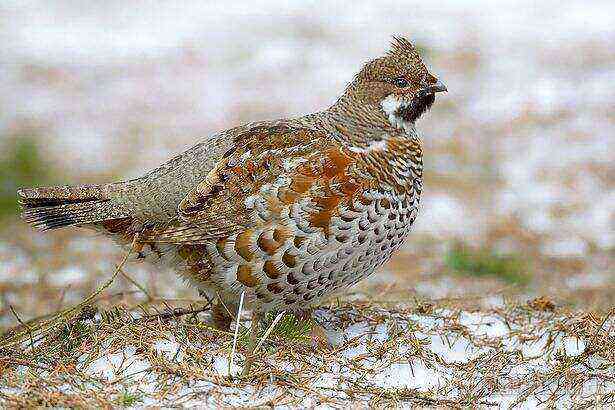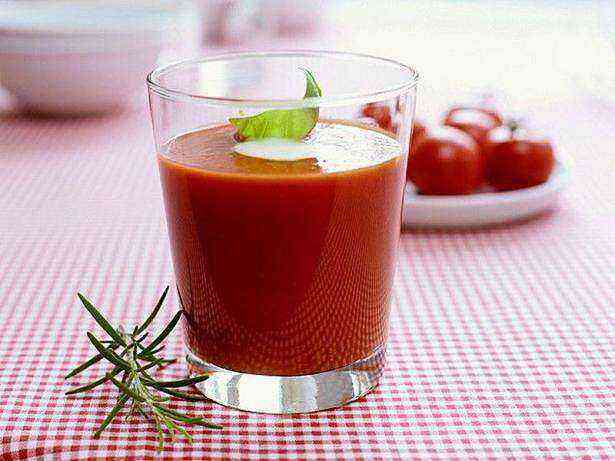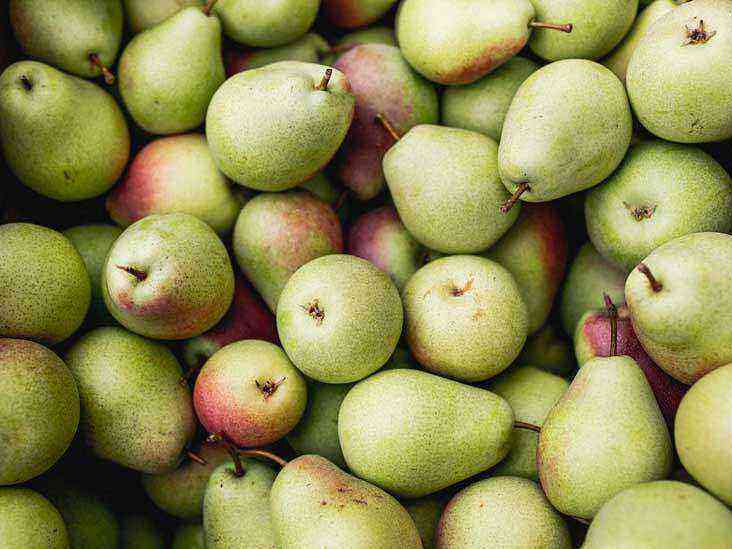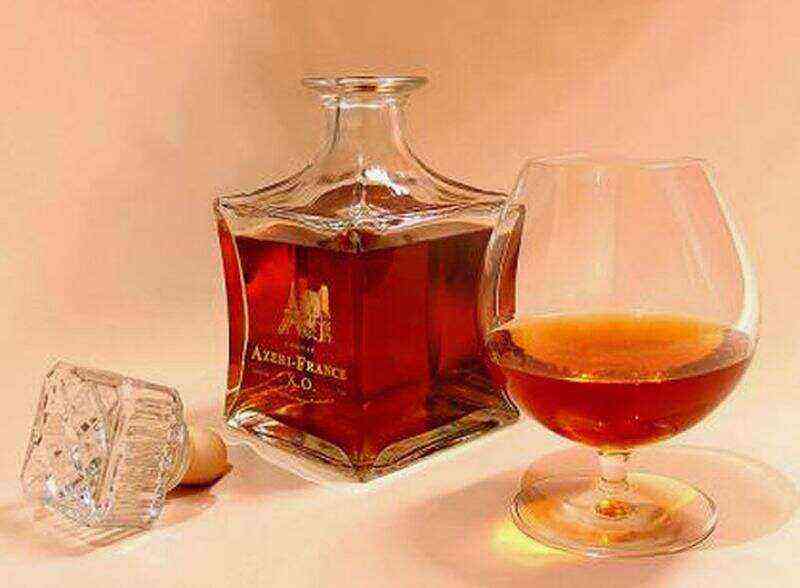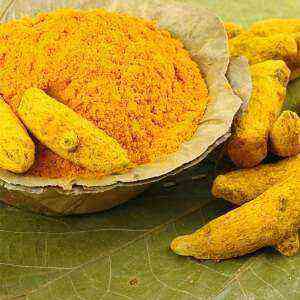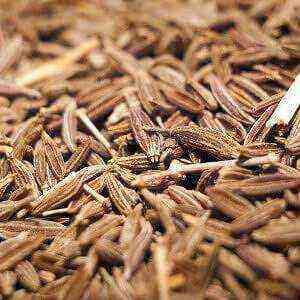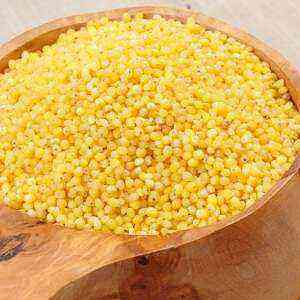
What is millet
Millet is the seeds of millet, a cereal plant common in our latitudes. These golden grains are used to prepare different dishes, and the consistency of the finished millet can vary from the shape of air mashed potatoes to crumbly porridge, reminiscent of rice.
And since there is absolutely no gluten in this porridge, it is suitable for people who are hypersensitive to gluten.
Millet grains are round and tiny in size. Their color can be of various shades. The most common form is refined grains from which couscous is made.
Where did it come from?
As the researchers suggest, millet originated in North Africa, in the Ethiopian region 10 thousand years ago. There are references to this cereal in the Bible and in the ancient Russian annals. Our ancestors revered him on a par with wheat. Millet porridge has been known since ancient times in India, Greece, Africa and Asia, in the Middle Ages, before potatoes and corn became popular. 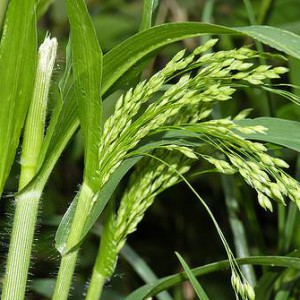
The nutritional value
The high content of nutrients allows us to add millet to the list of the most useful foods. A serving of this porridge will provide the body with rich doses of B vitamins, calcium, iron, potassium, zinc, magnesium, as well as essential fatty acids. In addition, millet is a source of protein and fiber, necessary for proper digestion.
Portion of millet porridge is:
Useful Properties
Millet is more than an alternative to other more common cereals. This product is one of the best sources of copper, manganese, phosphorus and magnesium.
 Heart protection
Heart protection
Being a good source of magnesium, millet is a useful product for maintaining heart health. This mineral is known to stabilize blood pressure and reduce the risk of a heart attack, especially in people with atherosclerosis or diabetes. In addition, millet supplies the body with potassium, a substance that has vasodilating properties and is capable of reducing blood pressure. Beneficial effect on the cardiovascular system and lignins contained in the seeds of millet.
Cholesterol control
Heart health directly depends on the level of cholesterol in the blood. Products such as millet (rich in fiber) perfectly cleanse the body of “bad” cholesterol and increase the level of “good”.
Source of “building materials” for the body
Phosphorus, one of the components of millet, is an important element for the formation and maintenance of the structure of all cells in the body. In addition, this mineral is involved in the formation of the mineral matrix of bones. Phosphorus is an indispensable element of other vital compounds, including the ATP molecule, which is responsible for the energetic “nourishment” of cells. Being a component of nucleic acids, it is included in the list of “building materials” for DNA. Among other things, millet porridge, as a source of phosphorus, is necessary to maintain the integrity of the cells of the nervous system.
Diabetes benefits
Millet seeds supply the body with magnesium. This mineral is important because it contributes to the production of more 300 enzymes, including insulin. Modern studies have shown that regular consumption of millet reduces the risk of developing diabetes type 2 by almost 30%. Scientists have made such conclusions based on the results of 8-year experience with the participation of 41 thousands of people.
Benefits for the gallbladder
Eating foods high in insoluble fiber (and millet is just that) prevents the formation of gallstones in women. This statement was made by American scientists who have been observing 16 participants in the experiment for 7 years. The results of observations showed that those women whose diet regularly included these foods were 17% less likely to develop gallstones.
Researchers studied this phenomenon and announced interesting conclusions. It turns out that insoluble fiber not only shortens the residence time of food in the intestine, but also reduces the secretion of bile acids, just an excess of them and causes the formation of stones. In addition, scientists have learned that products such as millet, increase insulin sensitivity and reduce the concentration of triglycerides in the blood.
Benefits for Digestion
Since millet seeds belong to the group of foods rich in fiber, they also have a beneficial effect on the work of the digestive organs. So you can not worry about the possible occurrence of constipation, flatulence or cramps in the stomach, if the diet has a sufficient amount of millet. In addition, millet porridge is able to protect against serious diseases of the digestive tract, in particular, to prevent stomach ulcers or colon cancer. And also regular consumption of this cereal improves the functioning of the kidneys, liver, immune system (it depends on the work of the digestive system).
 Protection against cancer
Protection against cancer
When scientists from the UK summed up the study, which was attended by almost 36 thousands of women, they found that a diet rich in millet prevents breast cancer in the premenopausal period. The risk of occurrence of the disease in the participants experience decreased by almost 41 percentage, provided that the diet contains at least 30 g of fiber.
Asthma prevention
Scientists believe that the fiber contained in whole grains has the ability to protect the body against the occurrence of asthma. At least, this assumption has already been proven several times by the results of scientific experiments conducted by the Americans and the Dutch. The most comforting results were given by experiments with the participation of children. American researchers claim that eating whole grains like millet and fish also reduces the risk of asthma in children by 50 percent. The results of the Dutch experiments are also encouraging. In addition, the Dutch believe that fiber from millet and vegetables helps 20% to reduce wheezing in children with asthma.
In addition, both groups of scientists agreed: fiber from whole grains is equally useful. But compared to wheat, which for many is an allergen, millet is a safer product.
Detoxification
The antioxidants found in millet help neutralize free radicals that can cause cancer. In addition, millet cleanses the body of most toxins, in particular from the kidneys and liver.
Other benefits for the body:
- Millet is an alkaline product, easy to digest.
- The inhabitants of the foothills of the Himalayas, known for their exceptional longevity, the main product of the diet – the seeds of millet.
- In the body, this porridge works as a prebiotic (feeds the beneficial microflora).
- Serotonin contained in this product improves mood and calms the nervous system.
- Thanks to magnesium, which is part of the millet is able to relieve migraines.
- The high protein content makes this product useful for vegetarians, and the absence of gluten for allergic people.
- Promotes effective weight loss, therefore, is a component of many diets for weight loss.
Hazardous properties
Millet seeds contain goitrogens – substances that limit the absorption of iodine, which in the end can be manifested by goiter. But this is only possible with extremely frequent use of porridge and against a background of iodine deficiency in the diet.
How to choose and store

How to cook millet
Like all cereals, before cooking it is necessary to rinse the millet under running water, remove particles of debris (if any). Then 1 part of the millet pour 2,5 part of boiling water, milk or broth. Bring to a boil, reduce heat, cover and simmer for about 25 minutes. In this way you can make crumbly porridge. In order to get a creamy consistency, you need a little more liquid, and in the process of cooking will often have to stir porridge.
What can be made from millet:
- milk millet porridge – a great option for breakfast;
- raw grains of millet are added when baking bread and buns;
- add to soups;
- if boiled millet mixed with chopped vegetables, chicken and cheese, and then send for a few minutes in the oven, you get an appetizing casserole;
- can be used as a side dish, as an alternative to potatoes or rice;
- In some regions, used as an ingredient for stuffing cabbage.
Millet: universal medicine
However, millet can be not only an ingredient of tasty dishes and an effective preventive tool that supports health. This porridge has a truly miraculous abilities – she is able to cure many ailments.
 Cystitis
Cystitis
Millet infusion will help to get rid of this unpleasant disease (pour cereal with water, mix, strain). Take the infusion (it should be cloudy white) 4 times a day in half a glass. Acute symptoms will disappear on the second day, the disease will completely disappear after a 2-week treatment.
Angina
In a half cup of warm millet porridge add a little soda (approximately 1 tsp.). Gruel put a compress on the throat, wrap. Keep a few hours. Usually, 3 procedures are enough for recovery.
Diarrhea
Millet grind in a coffee grinder. Take a teaspoon without drinking. Signs of improvement are noticeable after the first intake of millet powder.
Gout
Grind half a cup of millet in a coffee grinder and mix it with 1 tablespoon of wet yeast and 1 tsp. salt. From the mixture, put compresses overnight.
Heartburn
Three times a week, eat millet porridge. To prepare it, rinse the rump and bring to a boil, drain the liquid and pour clean water. Porridge cooked in this way is also useful in diseases of the pancreas.
Angina pectoris
Approximately grilled 60 of millet in a hot frying pan (the color should remain yellow). Add 150 ml of water and cook until the liquid boils away. Take equal parts of 4 once a day. The course of treatment is 2 of the month.
Wrinkles
Mask from this cereal will relieve sagging skin. Mix the prepared (boiled) porridge with a small amount of sour cream.
Interesting Facts:
- Before the advent of rice, millet was the main cereal in China.
- In the Old Testament it is referred to as grain for making bread.
- Chinese archaeologists have found a 4000-year-old bowl containing millet noodles.
- The very old “instruction” on the cultivation and storage of millet dates back to 2800 BC. e.
- Millet porridge accelerates hair growth.
Even in ancient times, wheat dishes were present in the diet of our ancestors. Many love her now. This inexpensive, nourishing and tasty porridge to everything, as it turned out, is an invaluable source of many useful substances. But no wonder they call it gold!
 Heart protection
Heart protection Protection against cancer
Protection against cancer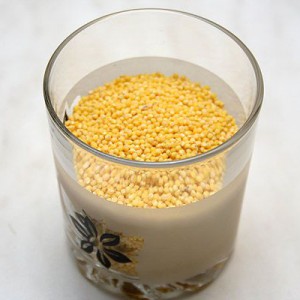 Cystitis
Cystitis
